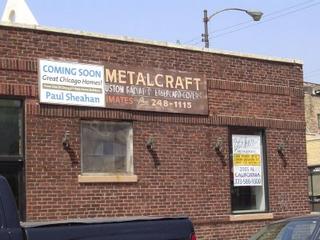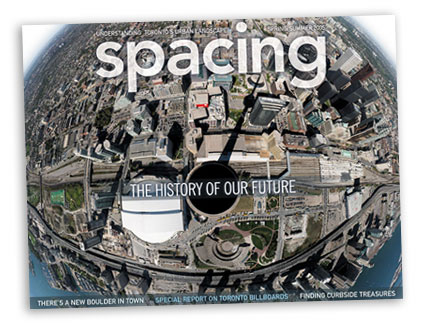
I have lived in Illinois almost all of my life. And, there is one unwavering truth about this state: you can't escape
Abe.He's everywhere. Like oranges in Florida and lobsters in Maine, Abe = Illinois.
This fall, one of the things I'll be adding in my blog coverage is the many ways Lincoln manifests himself, or better yet, the many ways we manifest him, in our state.
He's a remarkably versatile icon -- he can do kitsch
and gravitas. In 3-d or one dimension, he's hard at work everywhere.
Here are two previous posts where I began thinking about Abe:
Haiku for Abraham LincolnImagining LincolnAnd, the statue pictured above is probably as appropriate a place as any to begin
Exploring Abe. It was built in 1887 and sits in
Lincoln Park just north of where Dearborn dead ends at the park. It was sculpted by the highly-regarded
Augustus Saint-Gaudens.
This
Chicago Landmark is a good starting place for thinking about Abraham Lincoln because before he was assasinated in 1865, this park was called Lake Park. It was renamed shortly after his death.
This is Abe at his most honored. This photo doesn't really do the setting of this sculpture justice. It is surrounded by a circular wall and sits at the end of a long, lovely flower garden. It's also just east of the Chicago Historical Society. This site (and park) are the city's main tribute to the man and leader. Thetone is respectful. It's serious Abe at his finest and it asks those who consider him to take him seriously, too.
Because this commemoration exists and Abe was rightfully andhistorically honored, it sort of paved the way for less reverant and comic depictions to emerge over time. Of course, the distinctive beard and hat didn't hurt either.





